Allegiance Monarchy of Belgium | ||
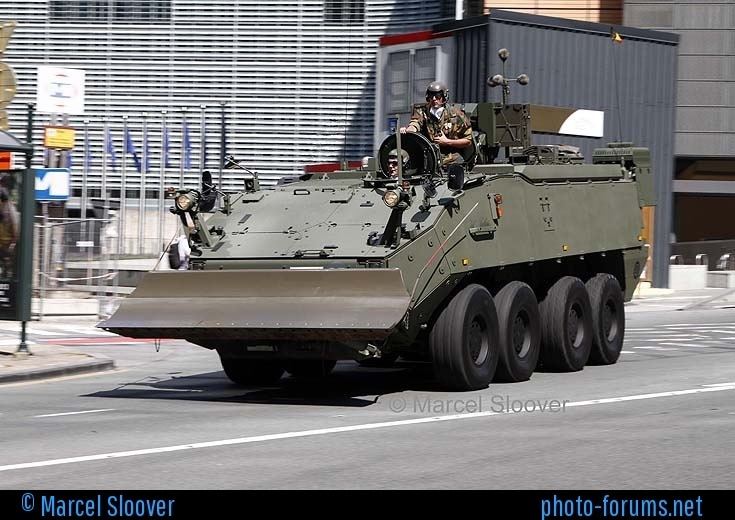 | ||
Active 1830–2002 (as the Belgian Army)2002–present (as the Belgian Land Component) Size 12,000 military personnel and 2,000 civilian personnel Commander Major-General Jean-Paul Deconinck Similar Belgian Armed Forces, Belgian Air Component, Belgian Navy, Royal Netherlands Army, German Army | ||
Belgian special forces group last resort
The Land Component (Dutch: Landcomponent, French: Composante terre) is the land-based branch of the Belgian Armed Forces. The current chief of staff of the Land Component is Major-General Jean-Paul Deconinck.
Contents
- Belgian special forces group last resort
- Organisation 1870s
- Infantry
- Cavalry
- Artillery
- Engineering
- Train
- World War I
- World War II
- Cold War
- Structure
- Vehicles
- Future
- References
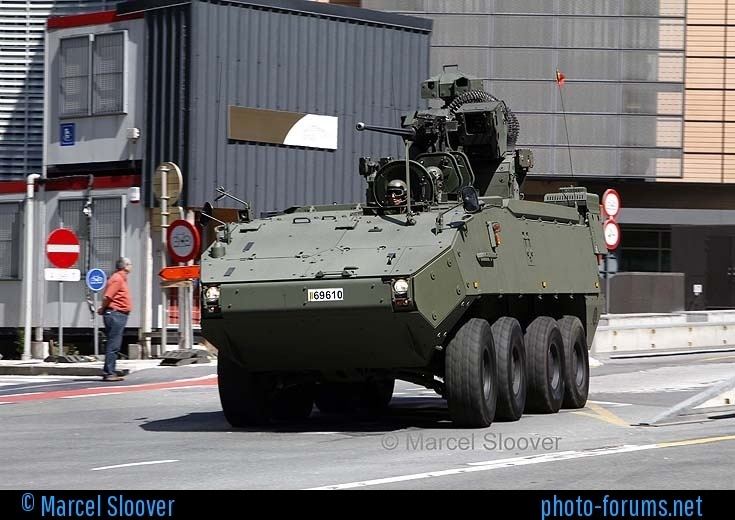
For a detailed history of the Belgian Army from 1830 to post 1945 see Belgian Armed Forces.
Ranks in use by the Belgian Army are listed at Belgian military ranks.
Organisation 1870s
According to the Law of 16 August 1873, the army was to consist of:
Infantry
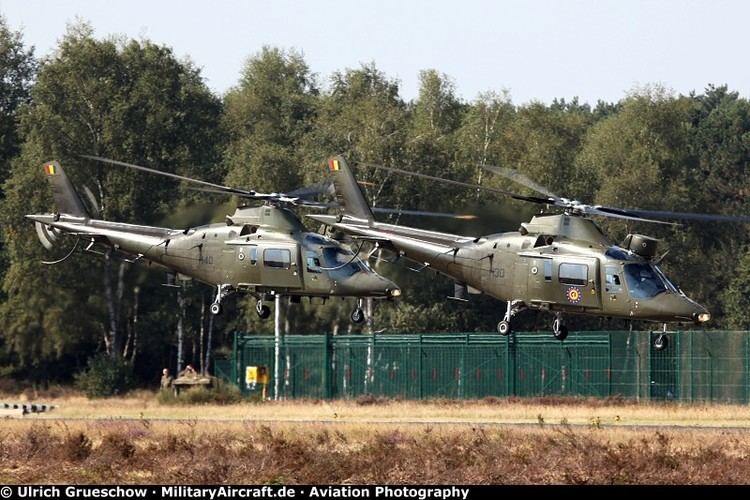
Note: a battalion (864 men) consists of four companies of 216 men
Cavalry
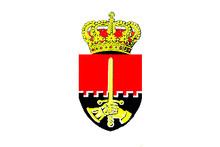
Note: a squadron had approximately 130 horses
Artillery
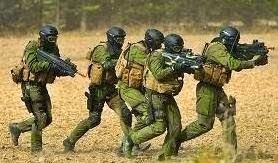
Note: A battery has 6 guns
Engineering
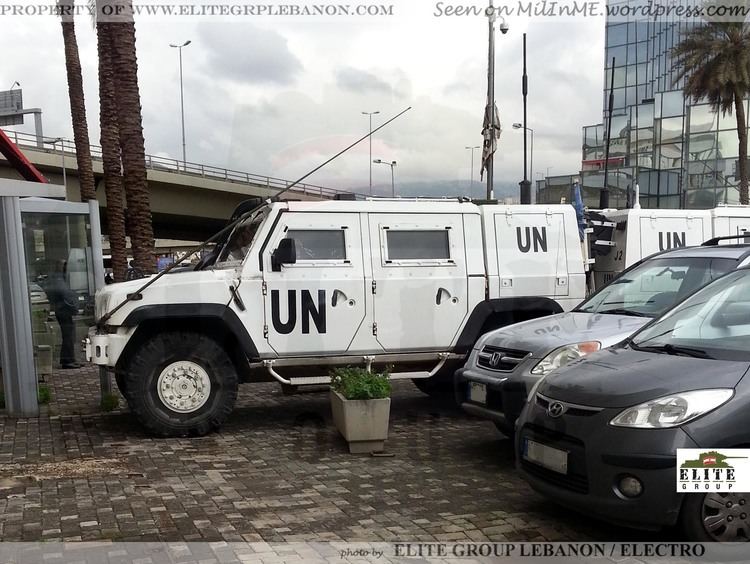
Train
World War I
See Belgian Army order of battle (1914) A major reorganisation of the army had been authorised by the government in 1912, providing for a total army of 350,000 men by 1926 - 150,000 in the field forces, 130,000 in fortress garrisons and 70,000 reserves and auxiliaries. At the outbreak of war this reorganisation was nowhere near complete and only 117,000 men could be mobilised for the field forces, with the other branches equally deficient.
The Commander-in-Chief was King Albert I, with Lieutenant-General Chevalier Antonin de Selliers de Moranville as the Chief of the General Staff from 25th May 1914 until 6th September 1914 when a Royal Decree abolished the function of Chief of Staff of the army. In this way the King secured his control of the command.
In addition, there were garrisons at Antwerp, Liège and Namur, each placed under the command of the local divisional commander.
Each division contained three mixed brigades (of two infantry regiments and one artillery regiment), one cavalry regiment, and one artillery regiment, as well as various support units. Each infantry regiment contained three battalions, with one regiment in each brigade having a machine-gun company of six guns. An artillery regiment had three batteries of four guns.
The nominal strength of a division varied from 25,500 to 32,000 all ranks, with a total strength of eighteen infantry battalions, a cavalry regiment, eighteen machine-guns, and forty-eight guns. Two divisions (the 2nd and 6th) each had an additional artillery regiment, for a total of sixty guns.
The Cavalry Division had two brigades of two regiments each, three horse artillery batteries, and a cyclist battalion, along with support units; it had a total strength of 4,500 all ranks with 12 guns, and was - in effect - little more than a reinforced brigade.
The Belgian Army stubbornly resisted during the early days of the war, with the army - around a tenth the size of the German Army - holding up the German offensive for nearly a month, giving their French and British allies time to strengthen for the Marne counteroffensive later in the year.
World War II
In 1940, the King of Belgium was the commander in chief of the Belgian Army which had 100,000 active duty personnel; its strength could be raised to 550,000 when fully mobilized. The army was composed of seven infantry corps, that were garrisoned at Brussels, Antwerp, and Liege, and two divisions of partially-mechanised cavalry Corps at Brussels and the Ardenne. The Corps were as follows:
Each Army Corps had its own headquarters staff, two active and several reserve Infantry Divisions, Corps Artillery Regiment of four battalions of two batteries with 16 artillery pieces per battalion, and a Pioneer regiment.
Each infantry divisions had a divisional staff along with three infantry regiments, each of 3,000 men. Each regiment had 108 light machine guns, 52 heavy machine guns, nine heavy mortars or infantry gun howitzers, plus six antitank guns.
Within the Free Belgian Forces that were formed in Great Britain during the occupation of Belgium between 1940–45, there was a land force formation, the 1st Belgian Infantry Brigade. An additional three divisions were raised and trained in Northern Ireland, but the war ended before they could see action. However, they joined the initial Belgian occupation force in Germany, I Belgian Corps, whose headquarters moved to Luedenscheid in October 1946. Of the 75,000 troops that found themselves in Germany on 8 May 1945, the vast majority had been recruited after the liberation of Belgium.
Cold War
During the Cold War, Belgium provided the I Belgian Corps (HQ Haelen Kaserne, Junkersdorf, Lindenthal (Cologne)), consisting of the 1st Infantry Division in Liège and 16th Mechanised Division in Neheim-Hüsten, to NATO's Northern Army Group for the defence of West Germany. There were also two reserve brigades (10th Mechanised Brigade, Limbourg, and the 12th Motorised Brigade, Liège), slightly bigger than the four active brigades, which were intended as reinforcements for the two divisions. Interior forces comprised the Para-Commando Regiment in Heverlee, three national defence light infantry battalions (5th Chasseurs Ardennais, 3rd Carabiniers-cyclistes, and 4th Carabiniers-cyclistes), four engineer battalions and nine provincial regiments with two to five light infantry battalions each. (Isby and Kamps, 1985, 64, 72)
After the end of the Cold War, forces were reduced. Initial planning in 1991 called for a Belgian-led corps with 2 or 4 Belgian brigades, a German brigade, and possibly a U.S. brigade. However, by 1992 this plan was looking unlikely and in 1993 a single Belgian division with two brigades became part of the Eurocorps.
Structure
The Land Component is organised using the concept of capacities, whereby units are gathered together according to their function and material. Within this framework, there are five capacities: command, combat, support, services and training.
The command capacity groups the following levels of command: COMOPSLAND (Operational Command of the Land Component), Medium Brigade at Leopoldsburg (formed from the 1st Mechanised Brigade in 2011) and Light Brigade (formerly the 7th Mechanised Brigade) at Marche-en-Famenne.
The combat capacity comprises the main fighting units of the Land Component. It consists of two Para-Commando battalions, the Special Forces Group and five infantry battalions. The support capacity comprises one reconnaissance battalion, a civilian-military cooperation and operational communication battalion, one artillery battalion and two engineer battalions.
The service capacity comprises three communication and information systems (CIS) groups, three logistics battalions, the Military Police Group and the Military Detachment at the Palace of the Nation, the Explosive Ordnance Disposal (known as DOVO in Dutch and SEDEE in French, the Movement Control Group and the training centres and camps.
The training capacity comprises four departments: the Training Department Infantry at Arlon, the Training Department Armour-Cavalry at Leopoldsburg, the Training Department Artillery at Brasschaat and the Training Department Engineers at Namur.
Some of the regiments in the Land Component, such as the Regiment 12th of the Line Prince Leopold - 13th of the Line, have names consisting of multiple elements. This is the result of a series of amalgamations which took place over the years. The Regiment 12th of the Line Prince Leopold - 13th of the Line was created in 1993 as a result of the merger of the 12th Regiment of the Line Prince Leopold and the 13th Regiment of the Line.
Vehicles
The Belgian Army is currently undergoing a major re-equipment programme for most of its vehicles. The aim is to phase out all tracked vehicles in favour of wheeled vehicles. As of 2010, the tank units were to be disbanded or amalgamated with the Armored Infantry (two infantry companies and one tank squadron per battalion). 40 Leopard 1 tanks were still waiting to be sold; the rest were transferred to Lebanon. As of 2013, only some M113 variants (Radar, recovery, command posts and driving school vehicles) and Leopard variants (Recovery, AVLB, Pionier, driving tanks) will remain in service.
The Leopard 1A5 tank was retired on 10 September 2014. 56 of the tanks will be sold, about 24 will stay as historic monuments or serve as a museum pieces; the rest will be phased out or used for target practice.
Future
In the stratregical defence vision report of the Belgian government it was stated that by 2030 the Belgian land component will invest in new modern equipment such as weapons, vehicles, communication assets, body armor and more.[2]
